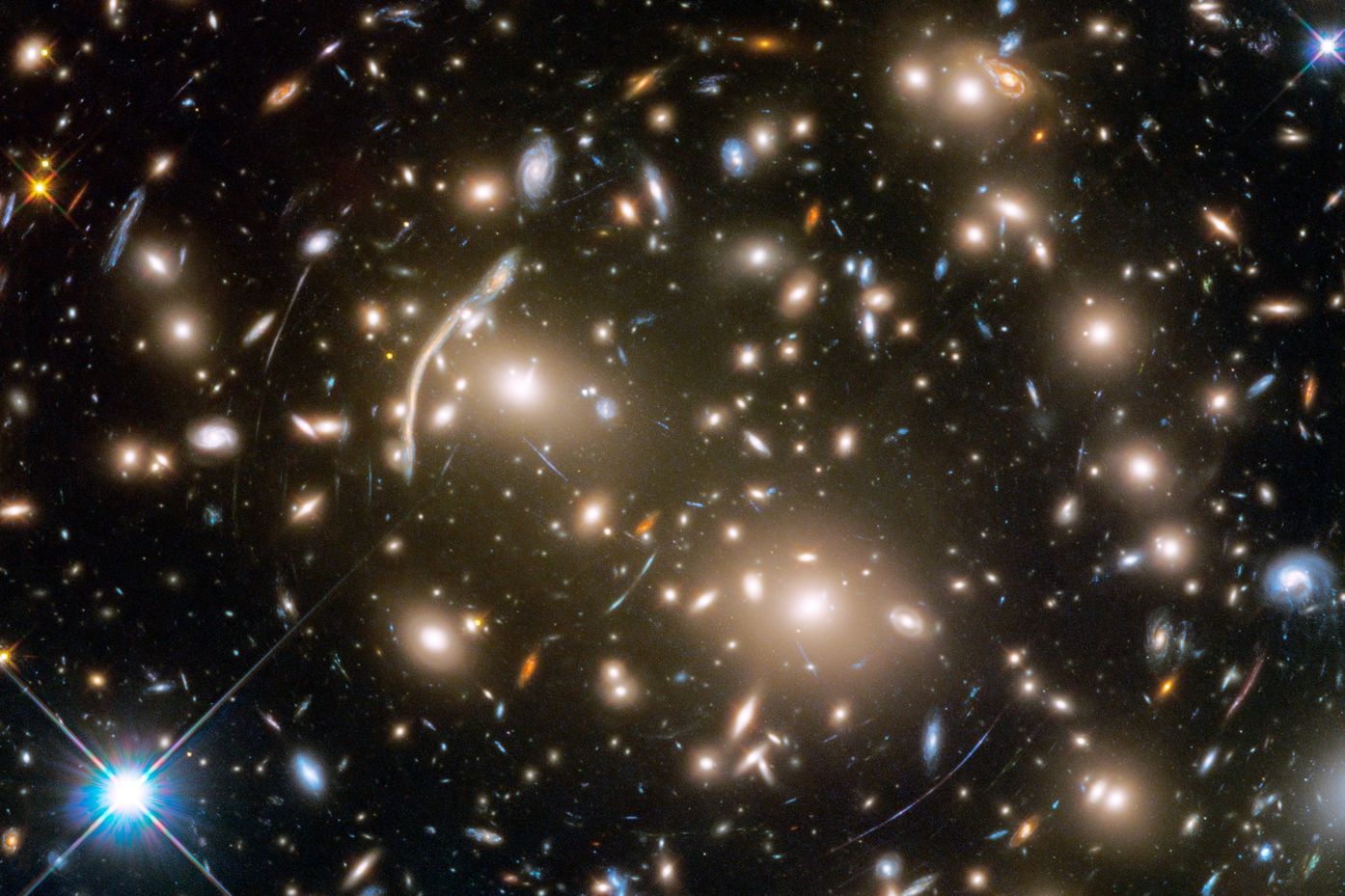What Is Gravitational Lensing? – SciTechDaily

Galaxy cluster Abell 370, located about 4 billion light-years away, contains an astounding assortment of several hundred galaxies tied together by the mutual pull of gravity. Entangled among the galaxies are mysterious-looking arcs of blue light. These are actually distorted images of remote galaxies behind the cluster. These far-flung galaxies are too faint for Hubble to see directly. Instead, the gravity from the cluster acts as a huge lens in space that magnifies and stretches images of background galaxies like a funhouse mirror. Nearly 100 distant galaxies have multiple images caused by the lensing effect. The most stunning example is “the Dragon,” an extended feature that is probably several duplicated images of a single background spiral galaxy stretched along an arc. Astronomers chose Abell 370 as a target for Hubble because its gravitational lensing effects can be used for probing remote galaxies that inhabited the early universe. Credit: NASA, ESA, and J. Lotz and the HFF Team (STScI)
Looking Through a Giant Magnifying Glass
When taken to the extreme, gravity can create some intriguing visual effects that the Hubble Space Telescope






